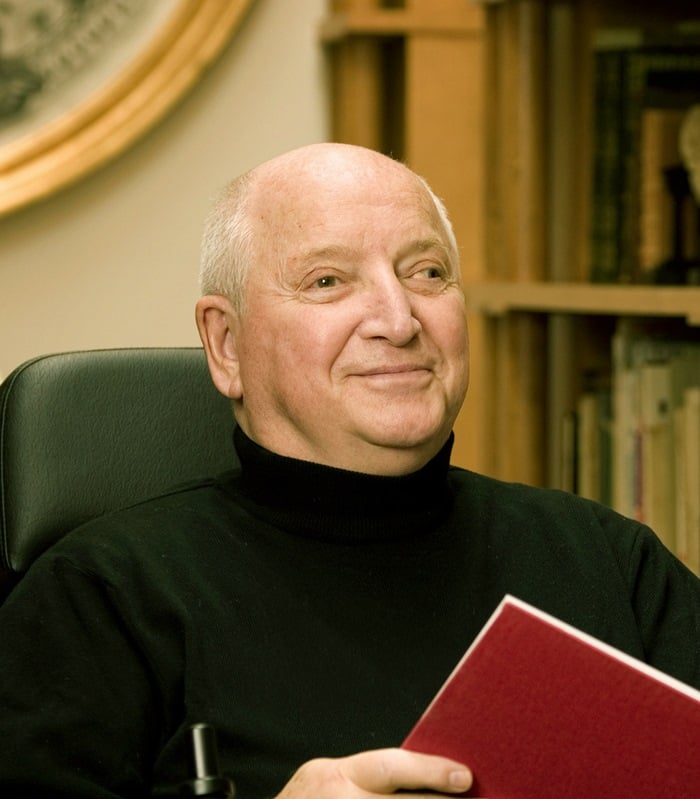
Architect and designer Michael Graves has died at 80 of natural causes at his home in Princeton, New Jersey. He was perhaps best known for projects such as the Portland Municipal Services Building and the Denver Public Library, as well as designs of housewares for Target stores, most notably the Alessi tea kettle.
“Personally I’m stunned,” New York architect Tod Williams (see Architecture Killed the Folk Art Museum) told artnet News by phone. “We were just together at the Academy of Arts and Letters, and he seemed strong and much the same as he has been for years—engaged, interested, feisty.”
Graves began his practice in Princeton in 1964. He taught architecture at Princeton University and his firm had offices there and in New York, where he employed over a hundred architects and designers. Among his many projects are the Humana Building, Louisville, Kentucky (1982), Team Disney building, Burbank, California (1986), the Walt Disney World Dolphin Resort, Orlando, Florida (1987), the International Finance Corporation Building, Washington, D.C. (2005), and 425 Fifth Avenue, New York.
“I studied with him at Princeton,” Williams said. “It was the first year that he came to the school, so I was among his first students. Michael was amazing. He was teaching principles of architecture using examples that were connected to art, so it was partly about the art of architecture. He remained a powerful teacher throughout my time there. My favorite building of his is a library in San Juan Capistrano. It was a thoroughly thought-out building and had an intimacy that seemed right for the small community. He was still very present and engaged in the field, so this will affect many people.”
“Michael and I had been friends for 55 years,” architect Richard Meier told artnet News by phone. “We began by sharing a studio and painting together, and we later taught together at Princeton. It’s a terrible loss. Michael was a very talented architect, a good painter, a superb teacher, and he loved making objects, and he took joy in all facets of his work. He’ll be greatly missed. Perhaps his main contribution in the public eye is the many objects he designed, which is unusual, for an architect to be less known for his buildings than other projects.”
“Michael also did mesmerizing drawings for projects, such as one in North Dakota, that were never realized,” Meier added. “Like all of us, he had a lot of work on projects that never took shape.”
The Portland Municipal Services Building (1982) is distinguished by the many colors of its exteriors, small windows, and decorative flourishes, and represents a landmark in postmodern architecture, predating Philip Johnson’s AT&T Building. The idiosyncratic style was in opposition to the reigning urban architectural idiom of modernist glass and steel. It has drawn starkly different reactions, with the New York Times’ Paul Goldberger acknowledging that it “had a profound effect on American architecture,” while architect Pietro Belluschi branded it “totally wrong,” adding, “It’s not architecture, it’s packaging.”
In his later years, Graves was known for undertaking projects that allowed more functionality for the physically disabled. He had been paralyzed from the waist down as the result of a spinal cord infection. He gave a TEDMED talk on the subject in 2011; watch it here.
artnet News regularly covers architecture and design; see:
Getty Foundation Will Rescue Modern Architecture Gems
Büro Ole Scheeren Reveals Design for Beijing’s Guardian Arts Center
Can Tomas Maier and Bottega Veneta Save Japan’s Modernist Architectural Gems?
Hotelier André Balazs Named Curator of Design at Large at Design Miami in Basel, Switzerland.